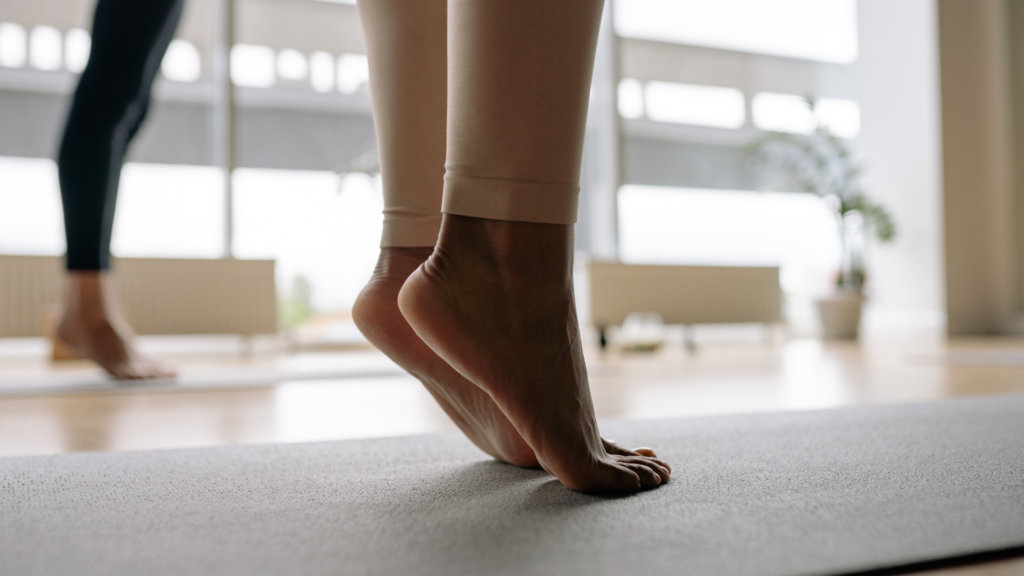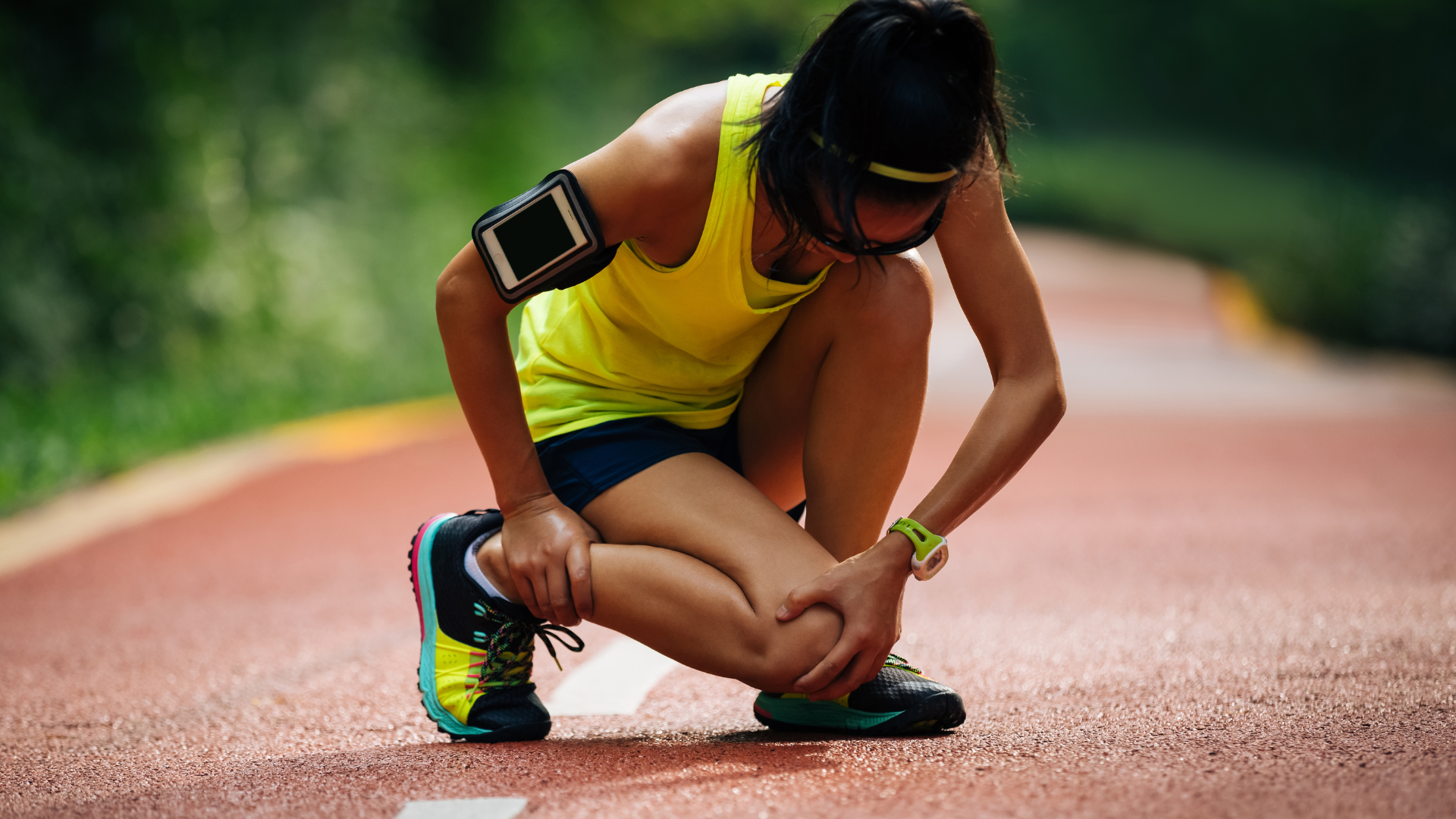Hallux valgus (bunion) is a common foot deformity, affecting 35% of women over the age of 65. It is a progressive deformity of the big toe which not only changes the appearance of the toe but also impairs the biomechanics of the foot.
Narrow footwear, flat feet and excessive pressures are common factors contributing to bunion formation. A lesser known factor that contributes significantly to bunion formation is weak muscles. The intrinsic muscles (small muscles) in the foot are usually neglected but they play a big part in supporting the feet. They help to stiffen the arch of the foot and prevent it from rolling inwards, putting less pressure on the big toe joint.
Here are 3 simple exercises that are effective in preventing pain and the formation of bunions.

1. Short-foot exercises
Keep your heel and forefoot on the ground, without curling your toes. Forcefully push the base of the toes, especially the big toe, into the ground, while pulling the forefoot back towards the heel. When done correctly, the toes are held suspended above the ground while the activation of muscles elevate the arch.
2. Toe-spread-out exercise
Lift and spread your toes while keeping your heel and the forefoot on the ground. While your toes are spread out, push your 1st and 5th toes down and out towards the floor.
3. Heel-raise exercise
Bend your knees slightly, stiffen your arch and raise your heel off the floor, putting pressure at the forefoot. You may lean against a wall for better balance.
Tips for a more effective workout:
- All exercises should be performed barefoot.
- Hold each repetition for 5 seconds and repeat each exercise until you feel the muscles becoming tired.
- Exercises are progressed from sitting, to standing on both feet, to standing on just one leg.
- Perform the exercises daily.
If you need help, feel free to consult our friendly Podiatrists through our Ask a Podiatrist Whatsapp service at 9175 4929 or contact any of our branches to arrange an appointment!
Written by:
Toh Lynn Li
Principal Podiatrist
Physio and Sole Clinic
References:
Gooding et.al. (2016). Intrinsic Foot Muscle Activation During Specific Exercises: A T2 Time Magnetic Resonance Imaging Study. Journal of Athletic Training, 51(8):644-650.
Teyhen & Robertson (2016). Bunion: Strengthening Foot Muscles to Reduce Pain and Improve Mobility. Journal of Orthopaedic & Sports Physical Therapy, 46(7):606.






